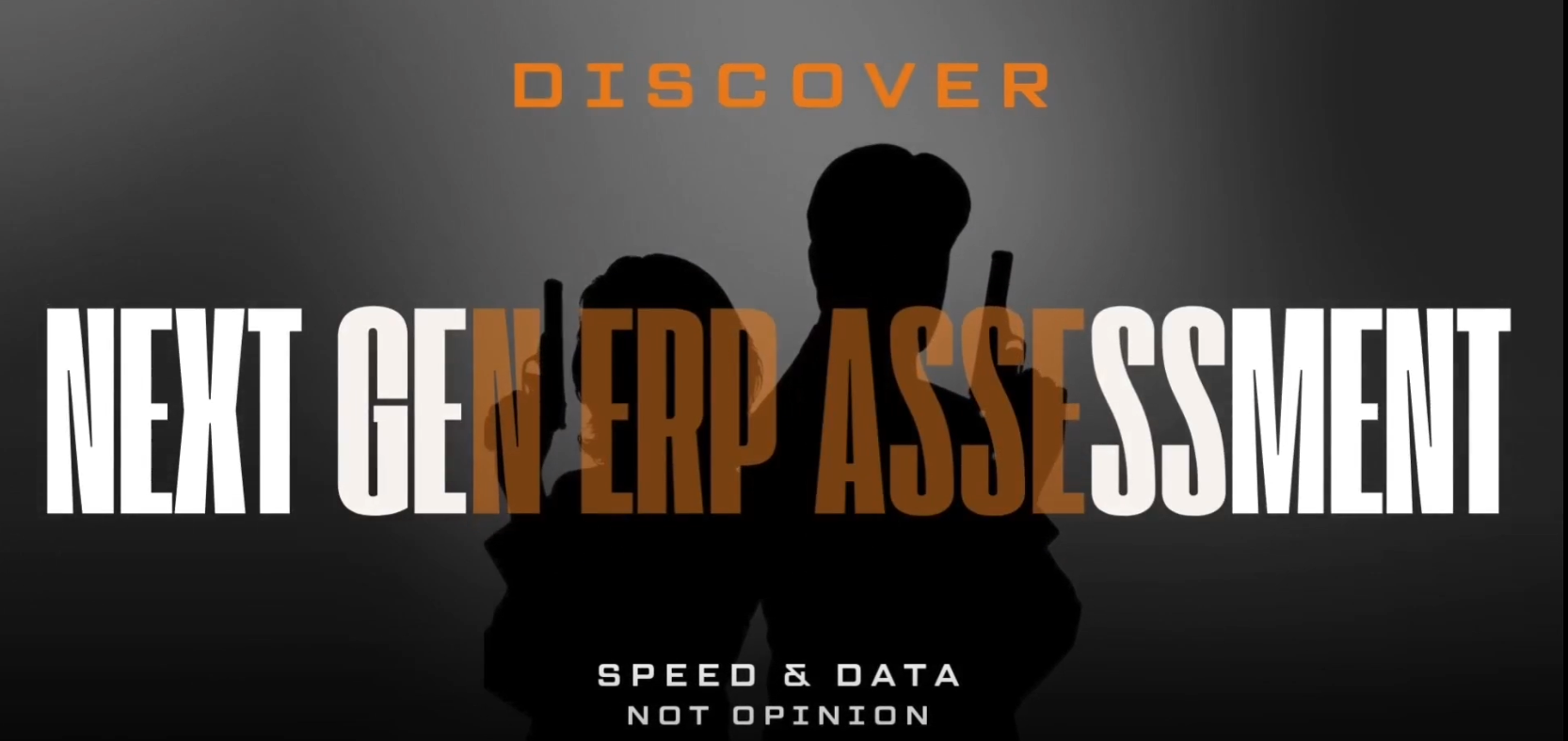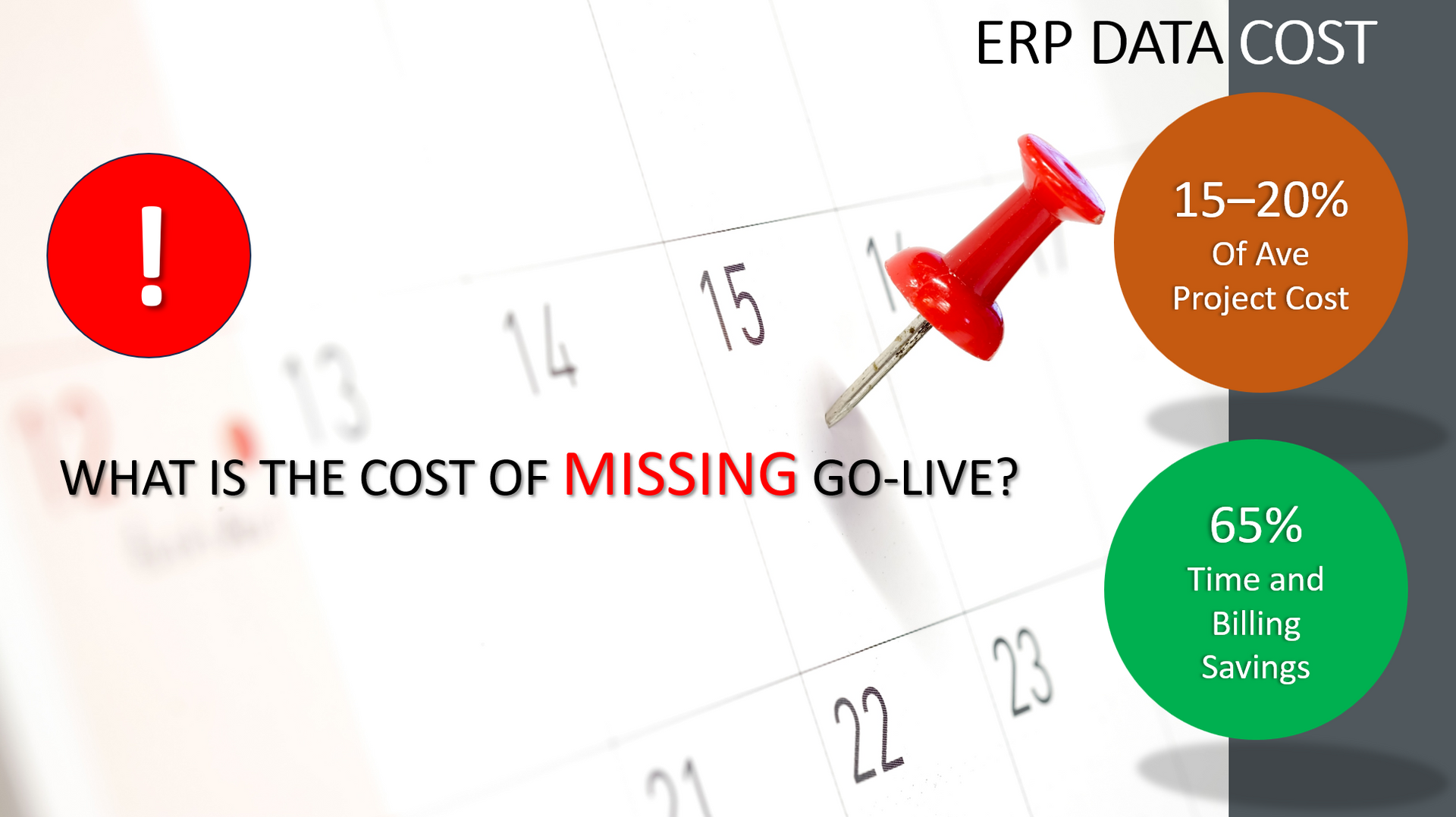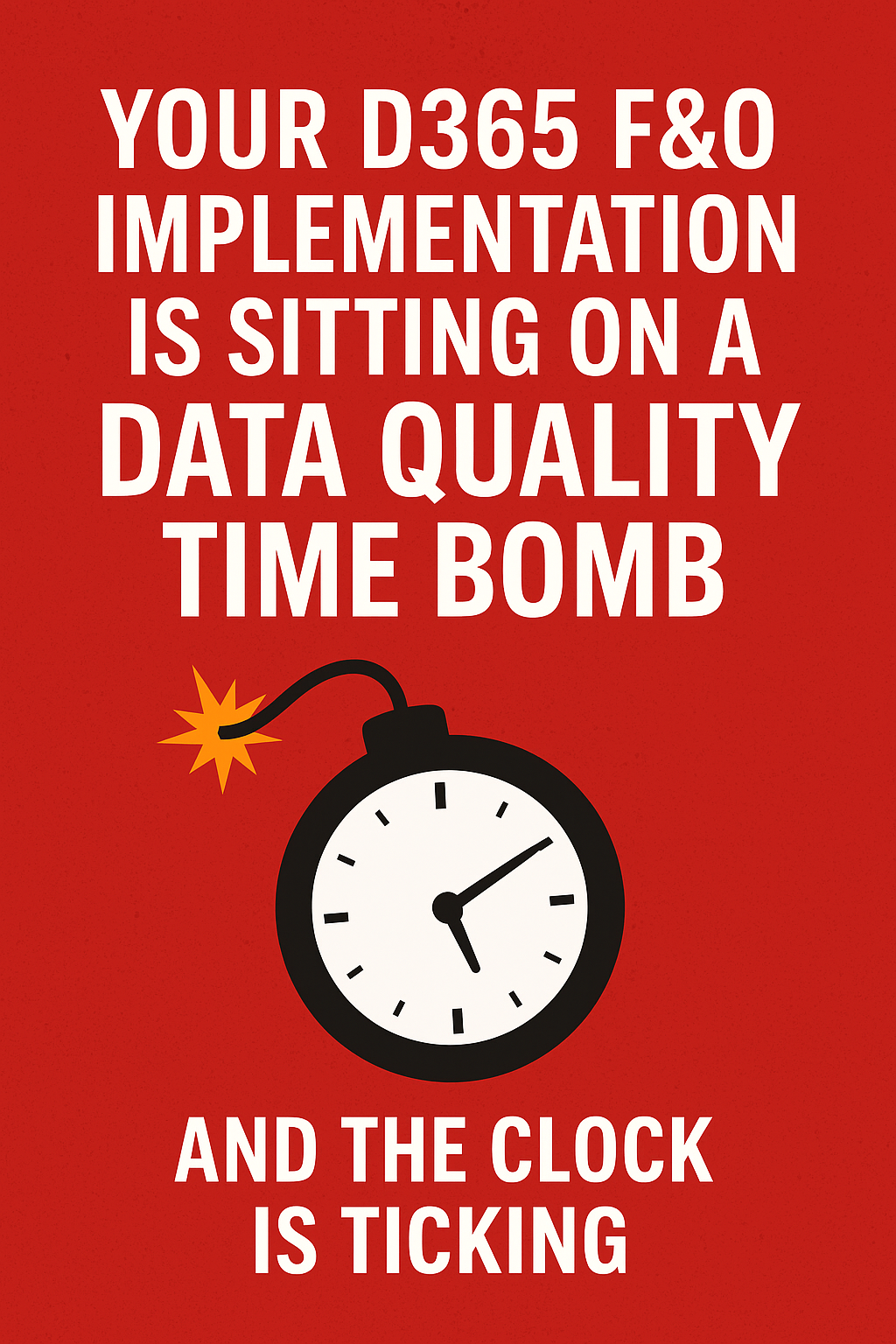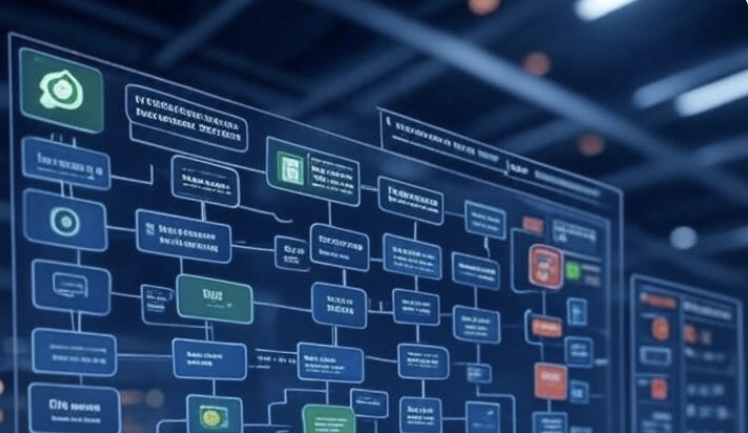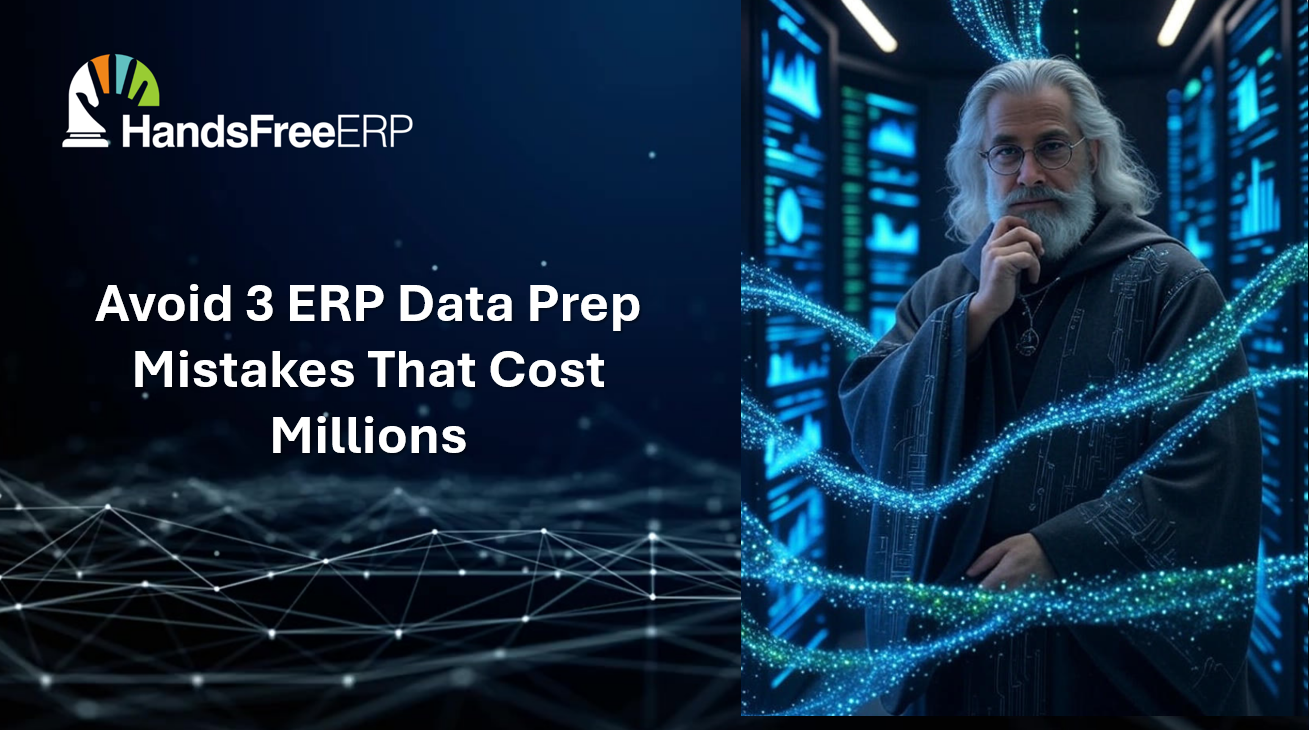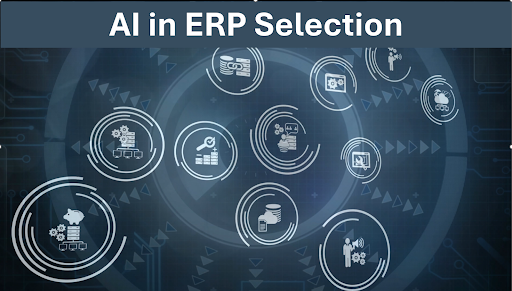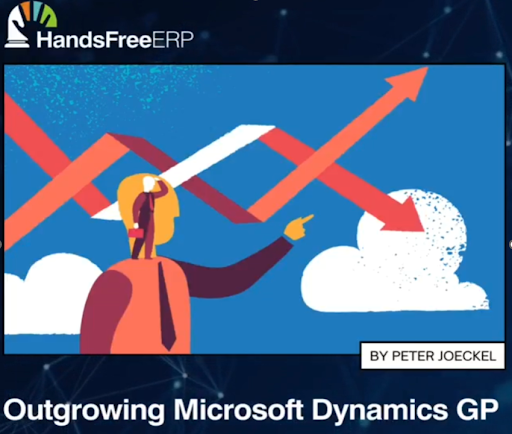Unlocking the Value of Microsoft's Funding Opportunity
Second Round of Funding Now Available!

Unlocking the Value of Microsoft's Funding Opportunity for Dynamics GP, AX, NAV and SL Customers
Earlier this year, we reached out to our GP / Great Plains customers about an exciting funding opportunity from Microsoft. This initiative aims to help you understand your business requirements and how they align with Microsoft's cloud-based ERP solutions: Business Central (BC) and Finance and Supply Chain Management (F&SCM). Let's dive into the insights we've gathered and how you can benefit from the second round of funding.
The Initial Analysis
In our first round of analysis, we discovered some intriguing data:
- 43% Fit for BC: About 43% of the business requirements from Great Plains customers were an off-the-shelf fit for Business Central.
- 22% ISV Fit for BC: An additional 22% of requirements needed an Independent Software Vendor (ISV) solution to fit BC.
- 82% Fit for F&SCM: Finance and Supply Chain Management had an 82% off-the-shelf fit for the same requirements, with less than 10% needing an ISV solution.
The Devil is in the Details
While a 43% fit for BC might seem low, it's crucial to consider the nature of the remaining 57%. If those requirements aren't mission-critical, BC could still be a viable option. However, understanding these details is essential for making an informed decision.

The Power of GYDE
Our requirements gathering tool, GYDE, doesn't just stop at identifying fits. It also provides insights into the standard build and design hours needed for implementation. This data is invaluable, offering a realistic estimate of implementation costs and timelines, which is often missing in traditional proposals.
Why This Matters
Having a clear understanding of your requirements and the associated implementation costs can save you time, money, and frustration. With the second round of funding from Microsoft, you have another opportunity to take advantage of this analysis.
Conclusion
Don't miss out on this valuable opportunity. The insights you gain from this analysis are priceless, helping you make informed decisions about your ERP transition. Let's get started with your survey and leverage this funding to add significant value to your business.
HandsFree ERP is dedicated to supporting clients with their ERP initiatives, enabling companies to seamlessly connect users with their ERP partners. By utilizing skilled professionals, streamlined processes, and cutting-edge tools, HandsFree ERP significantly boosts the success rates of ERP projects.



